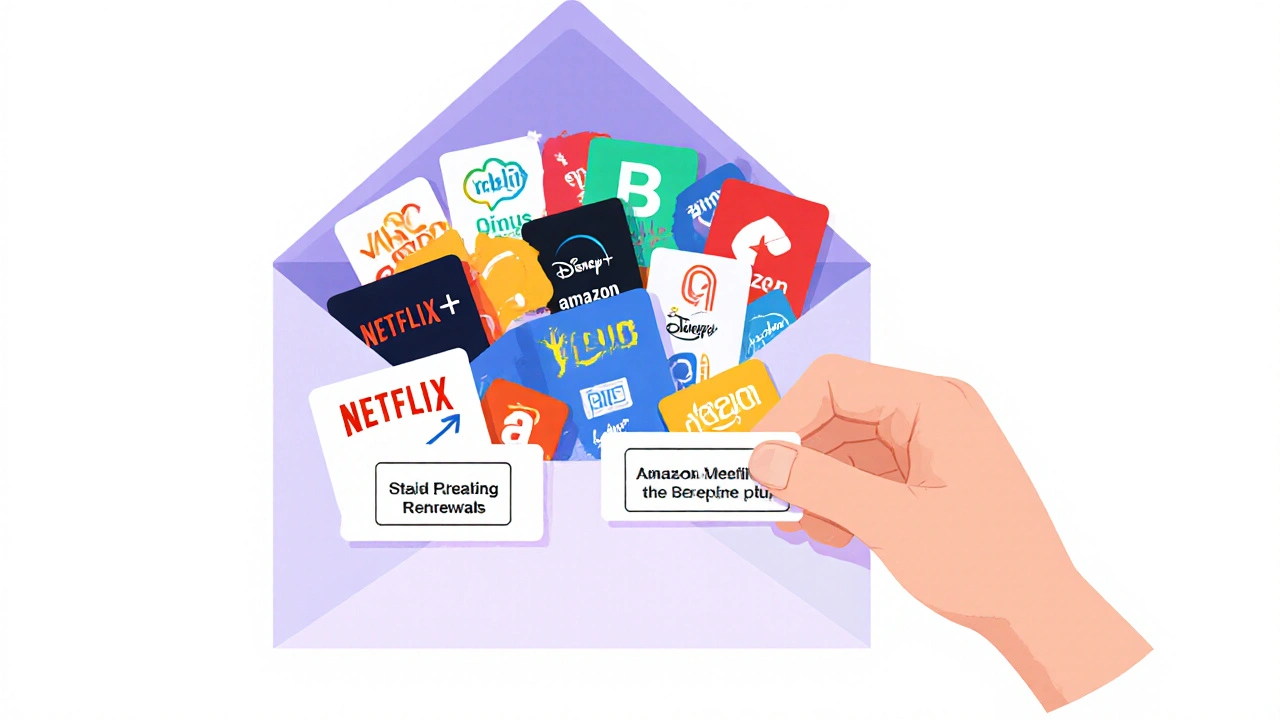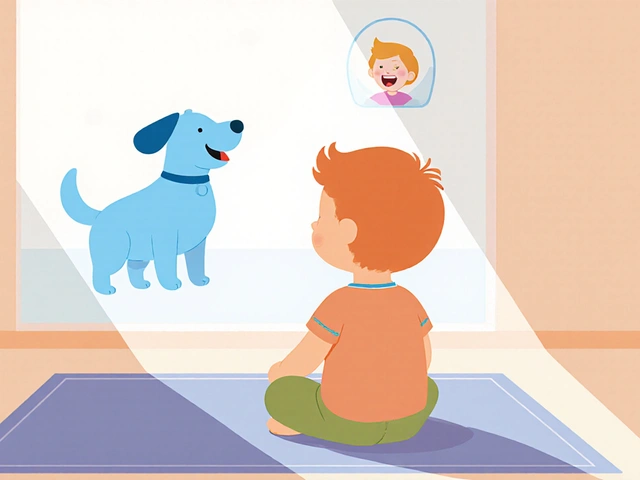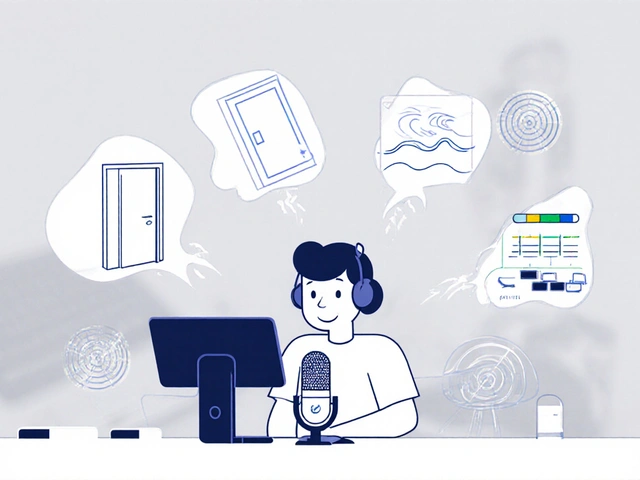Free Trials: How to Test Tools and Services Without Getting Trapped
When you start a free trial, a limited-time offer that lets you use a service or software before paying. Also known as trial periods, they’re designed to let you test-drive tools like video editors, streaming platforms, or editing hardware before you commit. But too many people end up paying anyway—because they forgot to cancel, or the trial auto-renewed with no warning. Free trials aren’t just a perk—they’re a smart way to avoid wasting money on something that doesn’t fit your workflow.
Think about video editing software, tools like Premiere Pro, Final Cut Pro, or Canva that professionals and creators use to build videos. Most offer 7 to 30-day free trials. But here’s the catch: if you don’t cancel before the clock runs out, you’re charged automatically. That’s why knowing how to track your trials matters. Same goes for streaming service trials, offers from Netflix, Disney+, or Stan that let you watch content for free before billing starts. You can save hundreds a year if you know which ones are worth testing—and which ones aren’t.
It’s not just about canceling on time. It’s about using the trial to answer real questions: Does this editor handle 4K footage smoothly on my laptop? Can I actually edit a TikTok in under 15 minutes with this app? Does this streaming service have the shows I care about, or is it just filler? The best trials let you test real use cases—not just watch a demo video. That’s why the posts below cover how to get real discounts when canceling, how to compare editing tools during trials, and how to avoid being locked into subscriptions you don’t need. You’ll find guides on testing RED cameras’ software, comparing Canva and Premiere Pro side by side, and even how to stretch a trial to get more value. No fluff. No upsells. Just how to use free trials the smart way—so you only pay for what actually works for you.
17
Email Filters for Streaming Promos: Stop Missing Deals and Free Trials
Stop missing streaming deals and forgotten charges with smart email filters. Learn how to sort promo, trial, and renewal emails so you never pay for a subscription you didn’t want.
Latest Posts
Popular Posts
-
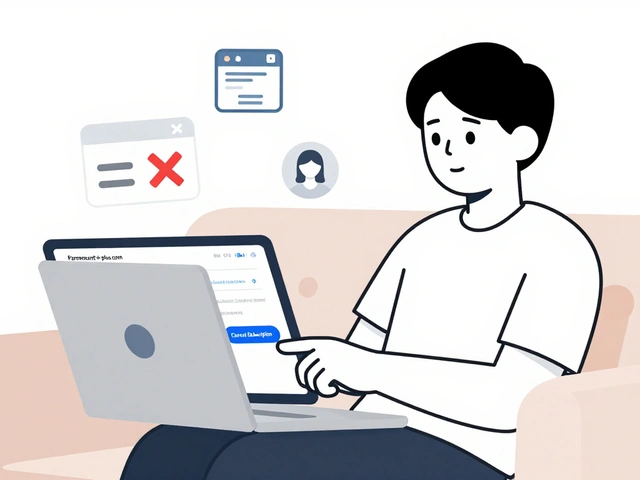 How to Cancel Paramount+: Step-by-Step Guide
How to Cancel Paramount+: Step-by-Step Guide
-
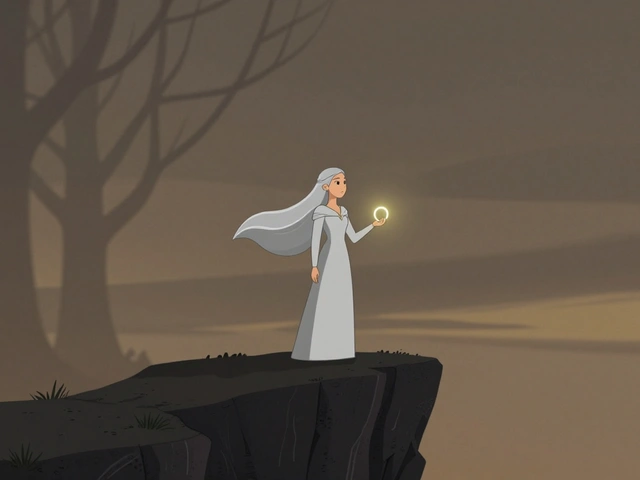 Lord of the Rings: The Rings of Power on Prime Video - What to Know in 2025
Lord of the Rings: The Rings of Power on Prime Video - What to Know in 2025
-
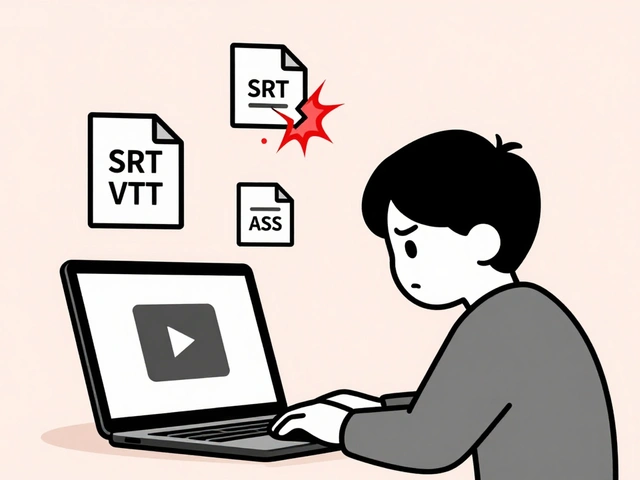 Why Subtitles Aren't Working: Fix Common Video Text Issues
Why Subtitles Aren't Working: Fix Common Video Text Issues
-
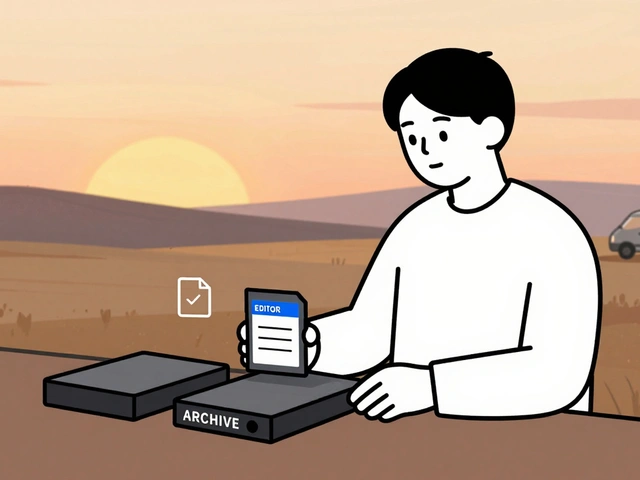 Data Management: DIT, Backups, and Archival Best Practices for Video Teams
Data Management: DIT, Backups, and Archival Best Practices for Video Teams
-
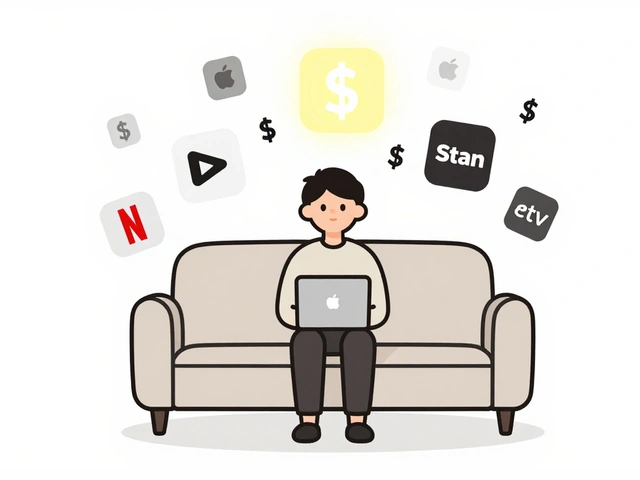 How to Find All Your Streaming Subscriptions and Stop Overpaying
How to Find All Your Streaming Subscriptions and Stop Overpaying
